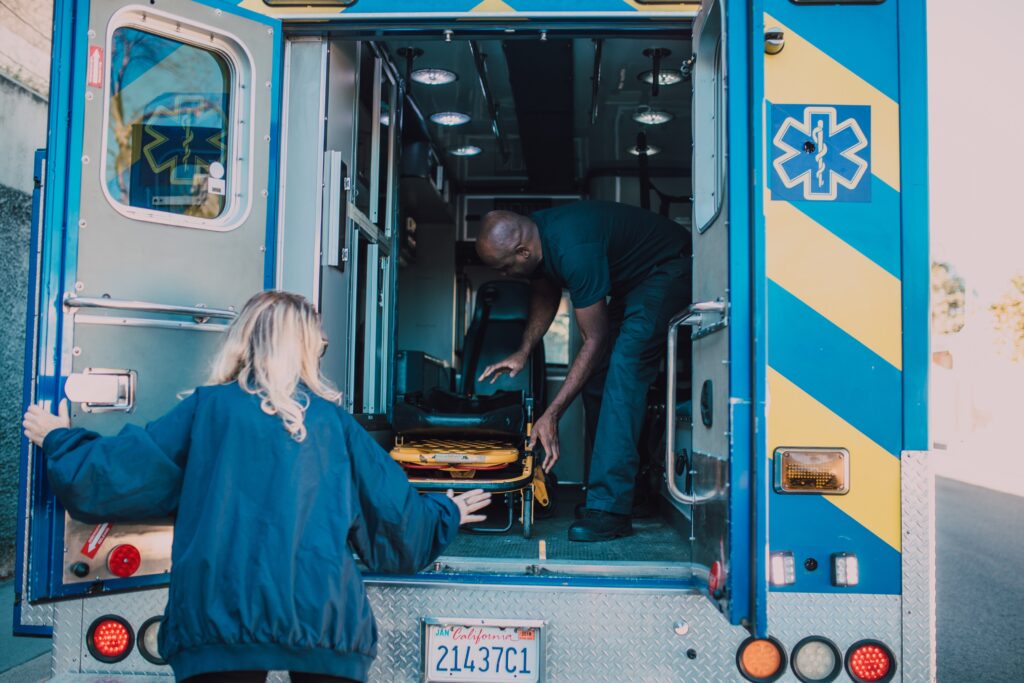California’s Solano County Office of Education (SCOE) began using bhworks software platform from mdlogix in 2019. SCOE is a partner to Solano County’s six school districts, providing services and oversight that help them serve approximately 64,000 students.
As this previous article notes, SCOE began using the platform to manage the behavioral health issues of students at the county’s community school sites, where students face higher risk for dropping out, emotional problems, suicide ideation, and substance use issues.
Using a tablet or mobile device, students answer questions about depression, anxiety, trauma, substance use, eating behaviors, bullying, abuse, suicidal ideation, gun access, and other risk factors. Responses are automatically scored, summarized, and ready for review by qualified staff.
With bhworks, SCOE has the needed reports for the AVATAR, a cloud-based, web-accessible Electronic Health Record (EHR) system used throughout most of California.
They recently created a network of culturally responsive school Wellness Centers across 25 K-12 school sites. These centers offer students a calm refuge whenever needed, tools for self-management, mindfulness meditation, group psycho-social counseling, and trauma support. The spaces are culturally and linguistically welcoming and accessible to all students.
The funding for these efforts came from fiscal years 2020 to 2024, $4 million grant from the state Mental Health Services Act. This Act also funds SCOE’s latest program, mobile crisis.
Mobile Crisis Teams Established
Mobile crisis teams were launched in August 2021 and are desperately needed following the quarantine. While they received funding for the program in September 2020, SCOE couldn’t launch it until last August because of the pandemic.
The mobile crisis teams have four trained clinicians, with a 5th clinician joining this year, a supervisor, and the Director of Clinical Services Camden Webb, LCSW, who oversees the program. The teams cover all six districts and a charter school for mental health issues.
The program elements are:
- No insurance requirements
- Services are provided during school hours on school campuses
- The only referral source is school sites
- Program services dispatch and arrive within 30 minutes
- Coordinated with school personnel, law enforcement, and parent/caretaker
- Contracted with Medic Ambulance for transport to CSU/Emergency Room when necessary
The mobile crisis team operates a phone line and follows a crisis schedule. Once a call is received, they roll out within 30 minutes. The clinician completes a crisis assessment of the student using bhworks software. The intake form is embedded in the software. The staff bring laptops to collect electronic consents, go through the assessment, and establish a safety plan. The software also serves as an electronic health record to catalog the services provided. A service upload is then electronically shared with the county, and medical billing is generated without duplication to serve all levels of need across Solano’s six districts.
If the clinician determines what is needed is a safety plan, the student will be going home that day but will receive therapeutic counseling. If the student isn’t deemed safe, the program has contracted with a Medic Ambulance for transport to the emergency room.
“We are going where the youth are – schools,” Webb explained. “We removed the barrier to access that is often tough for families. We are getting kids to a clinic during after school hours which is much more ideal for a crisis response.”
Tsunami of Need – the Data bhworks Collects
It was before the pandemic when SCOE submitted for the mobile crisis program funding, and at that time they projected handling 45 or 50 emergency responses in a school year.
“Once the pandemic started, we knew a tsunami of need was coming,” said Webb.
bhworks collects real-time data for SCOE programs. As of Feb. 7, 2022, the mobile crisis teams have
managed 194 cases since August 2021; 91.5% for suicidal ideation; and 6.2% for homicidal ideation.
“It’s the nature of the work. Making life and death decisions every day with a volume of youth needing to be seen,” Webb said. “It’s also why the staff can burn out. But, there is no doubt, we are saving kids’ lives.”
Of those 194 cases, roughly 30% are students who are lesbian, gay, or bisexual (LGB) and 8% are transgender.
Ambulance instead of Police Car
“What’s important is we get these kids into an ambulance instead of a police car. About 75% of the time we are safety planning and connecting them to a therapeutic counselor,” Webb said. The other 25% is a 5150 hold, referring to the California law code for the temporary commitment of those who present a danger to themselves or others due to signs of mental illness.
Webb continued, “With this program, the students truly receive a plan and access to services. We are immediately giving them the help that they need; plus the process is more cost effective than previous efforts.”
Currently, they are not contracted to do follow up or outcome measures. Webb is anticipating the need to hire a paraprofessional – one that speaks Spanish – to handle case management with the schools and families after the response.
Webb attributes Solano County’s school-wide Positive Behavioral Interventions & Supports (PBIS) prevention model as the reason for their continued growth and improvements.
“The foundation we established, the work we have done, has led us to where we are today,” he explained.
New California Law
In the future, Webb would like to see universal screening of students in all of the county’s K-12 schools, and SCOE has been working with the county’s behavioral health department to add even more comprehensive programming.
That has a good possibility of happening with a new California bill signed into law in July 2021 and currently being implemented. AB 133 California establishes the Children and Youth Behavioral Health Initiative, which is being administered by the California Health and Human Services Agency. The initiative’s goal is to transform the state’s behavioral health system into “an innovative ecosystem in which all children, teenagers, and young adults 25 years of age and younger, regardless of payer, are screened, supported, and served for emerging and existing behavioral health needs.”
In addition, the State Department of Health Care Services will engage and oversee a vendor to establish and maintain a behavioral health services virtual platform [such as bhworks, Student Mental Health Software System from mdlogix] to integrate behavioral health screenings, application-based supports, and direct behavioral health services. The rest of California will follow Solano County’s lead if the bhworks software platform is chosen.
Schools can do all the student behavioral screenings they want, but if there aren’t enough providers to meet the demand, treatment delays follow. So, the law calls for the supply of behavioral health counselors, coaches, peer supports, and other allied health care providers serving children and youth, including those at schoolsites, to expand.
About SCOE
SCOE offers key services and programs to six districts and 64,000 students, including:
- Service and support to help districts meet legal mandates, operate cost-effectively, and raise student achievement
- Fiscal oversight to districts
- Schools and services for special education and alternative education students who are notenrolled at district sites
- College and Career Readiness and Workforce Development Services
- Professional development for teachers and administrators.


